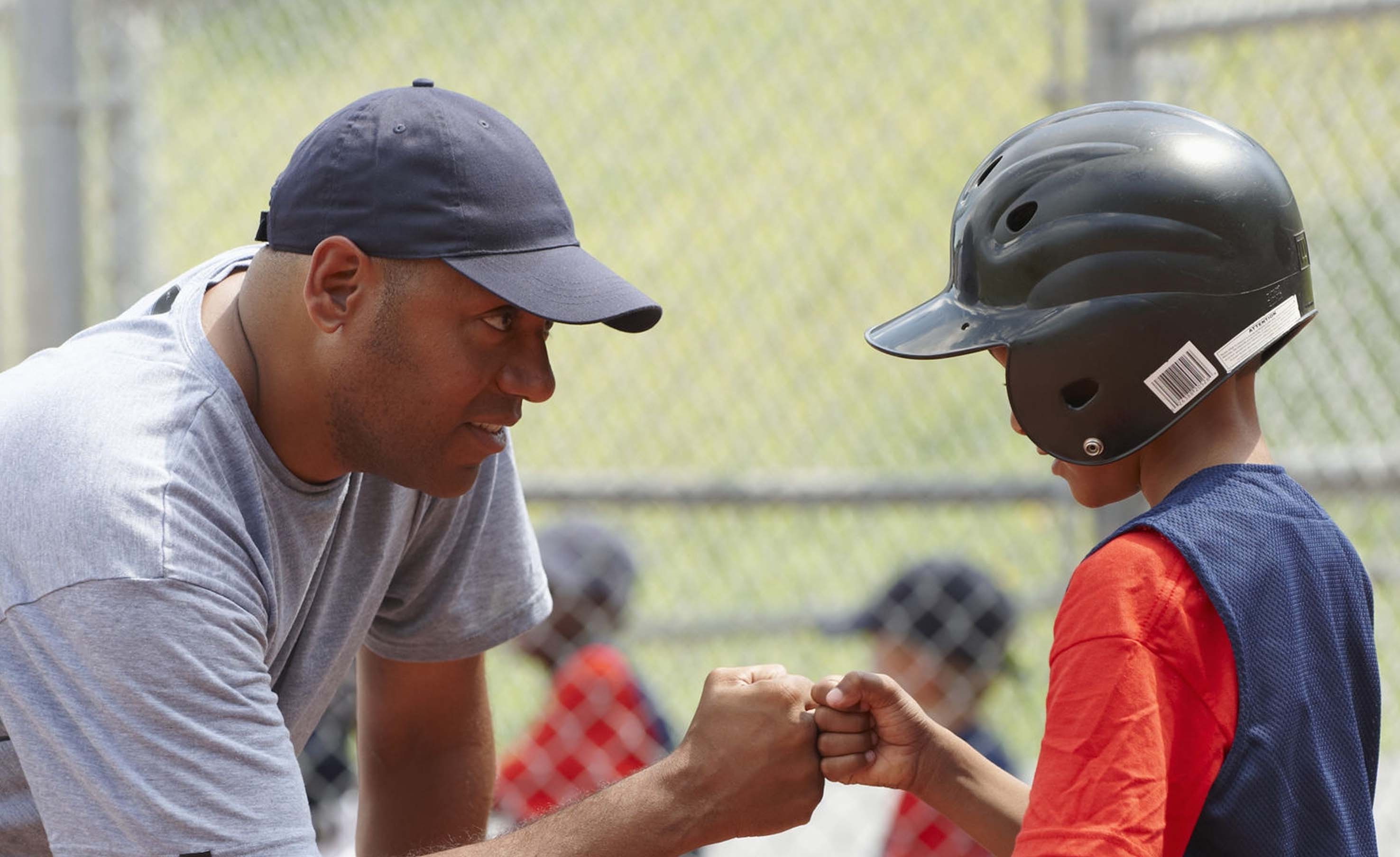 A coaching philosophy is essential in being a good coach, and baseball is no exception. No matter which level you’re at, this philosophy shapes the way you personally coach, molds your players and your interactions with them, and can ultimately improve their performance on the field.
A coaching philosophy is essential in being a good coach, and baseball is no exception. No matter which level you’re at, this philosophy shapes the way you personally coach, molds your players and your interactions with them, and can ultimately improve their performance on the field.
This particular philosophy involves a few concepts that start with the letter 'C':
Communication is essential for any coach. Not only do I personally start with communication, but it is the thread that is woven into all the forthcoming concepts. Every team member must learn and develop their ability to execute proper and constant communication with each other. We tell our players all the time, "you must be able to communicate every inning, every out, every play, every pitch.”
The results of good communication lead to the “buy in.” You can have a perfect plan, a flawless process, but without proper communication and a “buy in” from players, their parents, your fellow coaches and the faculty/administration, you’re going nowhere. Good communication is a must-have at all levels.
The next step is Contagious energy. My father instilled in me a good attitude; I was a competitor, and I can recall him telling me in every game I played: “a good attitude is contagious – is yours worth catching?” This has spilled over into my coaching philosophy. My goal is to be optimistic as well as realistic with our players and our team. I believe that the energy – or lack thereof – you bring with you to practice directly affects how your players will perform. Like it or not, believe it or not, but you are their leader, and they are looking up to you. As a coach you must always make an effort to be upbeat, confident and have a belief in what you are doing. Communicate that belief! You can’t hit, catch, or throw for your players, but you can provide the energy they need. And remember, if a good attitude is contagious, so is a bad one!
Character is the next essential step. People want to play for someone who is for them and not against them. A coach can teach, correct, and instruct all they want, but their players won’t truly connect with them if their character does not match up. If my players can communicate and have contagious energy but see flaws in my character, there is a disconnect. Your character serves as the adhesive that makes communication and contagious energy stick.
Confidence is the final ingredient. I believe that you can take a hands-on approach to build confidence with your players. You must know your stuff, and while you don’t have to reinvent the wheel in terms of teaching, you must work your tail off at it! Research, study, and learn your players and your opponents. Have a game plan. Take pitching for example: where to pitch and what to throw are essential decisions within the framework of a baseball game. You can gain an edge for your players and help them build confidence by being prepared. Baseball is a chess match, and if it could be measured, I would be willing to bet that the more confident team wins the majority of games.
These 'C's will hopefully allow you as a coach to see where you can build, improve, and develop your own personal coaching philosophy. Throughout my years, whether it was playing or coaching, my focus was always getting better every day, and I firmly believe that these principals help me do that.
Jay Flynt is the Director of Operations for Game on Baseball, and has coached at the high school and NCAA Division II levels. He and his wife Emily have five children and reside in Albany, Ga. Jay’s father Johnny, who passed on August 12, 2019, was the recipient of the first full baseball scholarship offered by the University of Southern Mississippi, and was an assistant coach at Ole Miss for 12 years. His motto was always "Round Third Well."